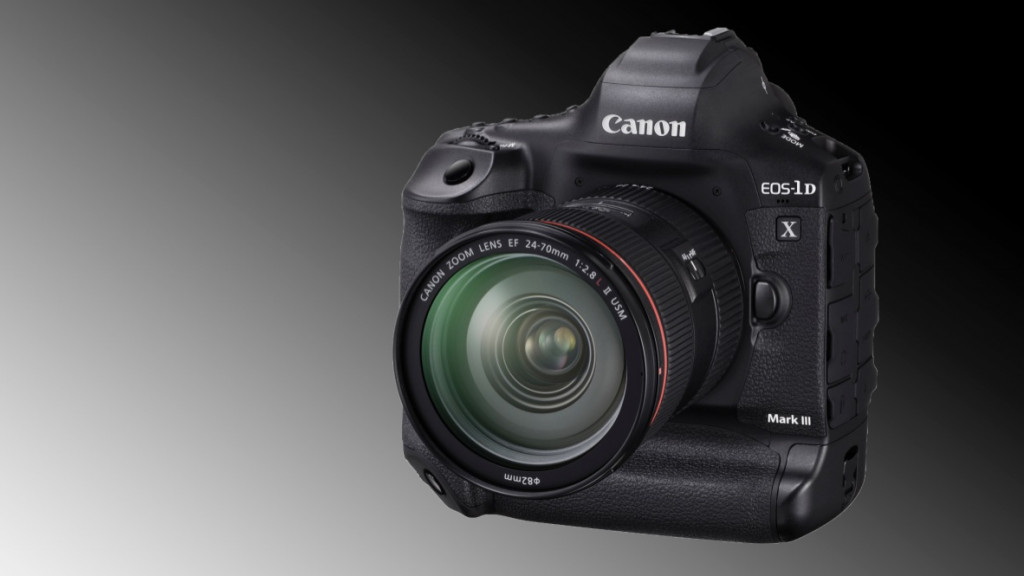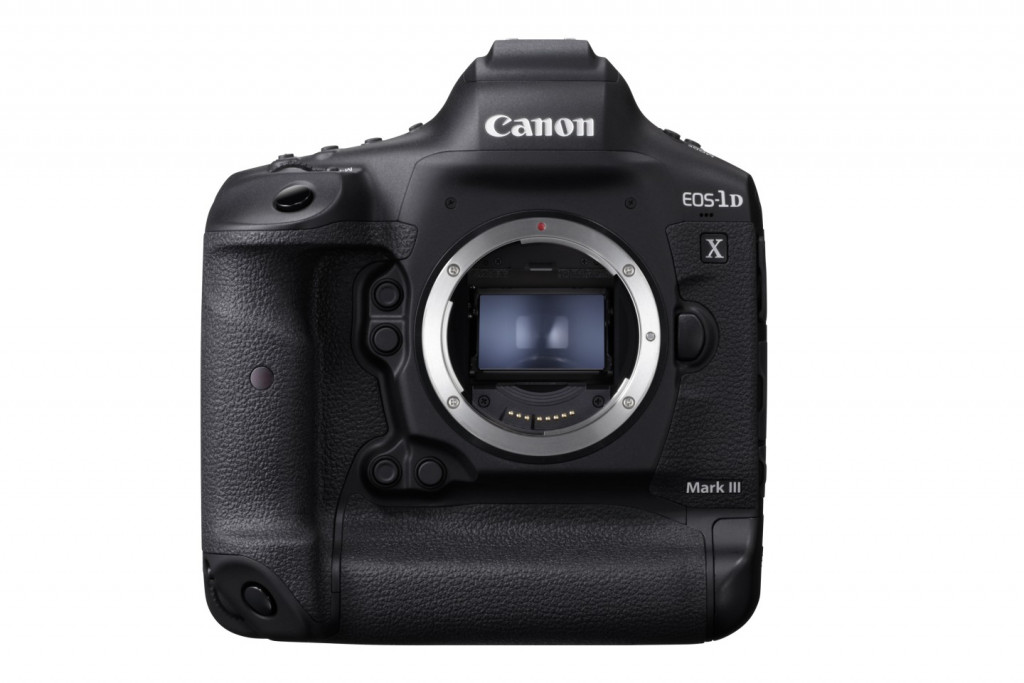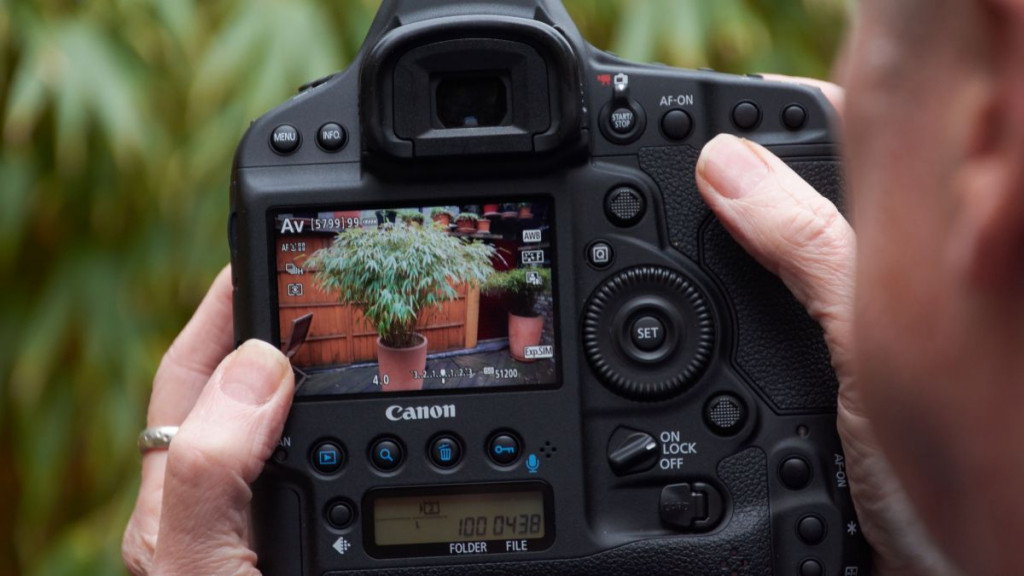
With the Tokyo 2020 Olympics approaching faster than a record-breaking javelin, the big camera manufacturers are prepping their new pro-friendly, flagship sports cameras – and one of those is the seemingly imminent Canon EOS 1DX Mark III.
The successor to the EOS 1DX Mark II from 2016 is looking to obliterate the performance of its predecessor in all areas – and from the latest rumors, it looks like it has a good chance of doing so. In fact, it’s promising to push Canon cameras into exciting new territory like deep learning A.I-powered autofocus.
So far, Canon has only made a development announcement for the 1DX Mark III with patchy details about specs like autofocus. But the rumor mill has started to flesh out the missing facts like possible release date, so we’ve combined both to give you this guide to everything we know so far about the new contender for professional sports photographers.
Of course, the 1DX Mark III will not be the only new pro-level camera for sports photographers next year – the Nikon D6 is also officially en route in time for the 2020 Olympics. But from what Canon’s already revealed about the 1DX Mark III, it’s it’s likely to run it very close in what could be the final battle between the DSLR behemoths.

Canon 1D X Mark III: release date and pricing
When the original EOS 1DX launched in 2011, it was an expensive camera, even for the professionals. Thankfully the EOS 1D X Mark II came with a slightly lower price tag of $5,999 / £5,199 / AU$7,999 and it’s possible to get the camera body for less than that now.
That just goes to show that the EOS 1D X Mark III is not going to be cheap. It won’t be quite as painfully pricey as a Medium Format camera like the Fujifilm GFX100, but we’re expecting it to come in at about the same price as its immediate predecessor, if not more.
When will you be able to buy it? The latest rumors suggest that the 1DX Mark III will be available to buy in either late February or early March next year, following an official announcement in January 2020.
That does seem quite plausible as it matches the release date of the EOS 1D X Mark II, which was announced on February 1, 2016, just months before the Olympics in that year.
Canon EOS 1D X Mark III: design
The EOS 1D X line has a very chunky design, yet they are comfortable to use for most people. And Canon seems to have kept to that same design aesthetic for the Mark III model, with the upcoming camera strongly resembling its immediate predecessor.
The big brute that is the Mark II has a magnesium alloy build and weather sealing that it brought over from the original 1DX, but it did debut a double grip on the body – both vertical and horizontal.
The vertical grip on the Mark II has its own set of control buttons, making it easy to shoot in portrait orientation. The second generation model, despite its size, was easy to handle, thanks to some minor design tweaks, and the same design ideas have been carried over to the Mark III.
Canon hasn’t revealed much else about the Mark III’s design, but some of the rear control buttons will be backlit, while rumors have previously implied that the rear LCD display will be a 3.15-inch tilt-angle touchscreen.

Canon EOS 1D X Mark III: sensor and processor
The Mark II upped the pixel count from the first generation camera from 18.1MP to 20.2MP. You’d be forgiven for thinking that’s a rather low sensor resolution for a camera of its caliber, but the 1DX line was built for speed and low-light shooting.
Having fewer pixels on a sensor means each photoreceptor is larger and, therefore, able to capture more light. That, in turn, results in less noisy results as the image signal requires less amplification as compared to a higher resolution sensor of the same size.
There have been mixed reports about what the 1DX Mark III’s pixel count is going to be. With no official announcement from Canon, early whispers from Canon Rumors suggested that it’d have a 24MP sensor (or at least a variation on that). But the latest consensus appears to be that it’ll instead have a 20.1MP sensor.
All we know for sure is that it’ll have a brand-new sensor accompanied by a new processor as well. Keeping the tradition of dual processors alive, the Mark III is said to debut a brand-new imaging engine, with dual Digic 9 processors under the hood.
If this rumor is true, it will be the first time a 1DX camera has debuted a new processor, and it will be the power of the two Digic 9 engines that will push the speed and performance of the Mark III above and beyond what its predecessor can currently achieve.
Canon EOS 1D X Mark III: in-body image stabilization (IBIS)
An anonymous source had previously told Canon Rumors that the EOS 1DX Mark III will feature IBIS, which could be true as Canon has patented IBIS modules for both DSLRs and full-frame mirrorless cameras.
So far, IBIS has been a feature of mirrorless cameras, although Canon has traditionally shied away from building it into all of its snappers, DSLR and mirrorless alike. But with the Nikon D6 also heavily rumored to be including IBIS, it seems likely that the 1DX Mark III will match it.
While many of Canon’s lenses including image stabilization, many older manual focus ones don’t and this would give them the benefit of the feature. With IBIS, handheld low light shooting will also be given a significant boost, allowing you to really preserve image quality in those tripod-free situations.
Canon EOS 1D X Mark III: continuous shooting / burst speed
Where the original 1D X and the Mark II version topped out at 14fps when shooting continuously, the Mark III model was, at one point, rumored to be able to shoot at a maximum of 30fps.
Canon has laid that rumor to rest, confirming that the Mark III will top out at 20fps with the electronic or the physical shutter, taking it a notch higher than Sony’s new Alpha A9 II, which has a burst speed of 20fps when using the electronic shutter and 10fps mechanical.
Saving images being shot continuously as these speeds will require a camera with a huge buffer depth. Currently, the 1DX Mark II is able to record an unlimited number of JPEGs and up to 170 RAW files, but Canon has promised that the buffer depth in the Mark III is “five times” that of its predecessor. This will be a huge boon for sports shooting, when is genuinely shot at high frame rates to help capture the decisive moment.

Canon EOS 1D X Mark III: autofocus
Perhaps the most exciting new feature of the 1DX Mark III is its autofocus, which is promising to outshine not just its predecessor but all other Canon cameras so far.
The camera will apparently use a deep learning algorithm to improve its AF speed and accuracy. Precise details are scarce right now, but this kind of technology has been used by Panasonic for its Depth by Defocus system and, more significantly, by Sony (which calls it AI-based subject recognition). How far Canon takes it is something we’ll probably have to wait until January 2020 to find out.
In the meantime, Canon has released a few more details about the 1DX Mark III’s autofocus. The number of selectable AF points has been upped from 61 to 525, and these will cover 100% of the vertical frame and 90% of the horizontal frame. In other words, this is likely to be the most rock-solid autofocus we’ve seen from a Canon camera so far.
Canon EOS 1D X Mark III: stills and video specs
We know there’s a new processor being developed for the EOS 1D X Mark III which, Canon has revealed, will enable the forthcoming camera to shoot 10-bit HEIF (High Efficiency Image File) images.
The new format, which was pioneered by Apple, will offer better color reproduction and higher dynamic range than regular JPEG files, while taking up less storage.
Canon has also confirmed that the new camera will be capable of 4K video at 60fps with 10-bit 4:2:2 Canon Log (CLog) internal recording.
Canon EOS 1D X Mark III: card slots and connectivity
The EOS 1D X II has one CFast memory card slot and one regular CompactFlash slot. With CompactFlash now an outdated technology, we were quite sure that wasn’t going to make its way to the Mark III.
Canon has confirmed that there will be dual CFExpress card slots in the Mark III, which will be capable of handling the camera’s superb buffer depth.
It’s also been revealed that Canon is developing the next generation wireless transmitter (WFT-E9) capable of doubling the wireless data transmission speeds as compared tot he WFT-E8. This will allows users to transfer image files via Wi-Fi or Bluetooth to other devices quicker.
The camera will also be GPS-enabled if location data needs to saved to files. Whether there’s a USB-C port, though, remains to be seen.
Source: techradar.com









































